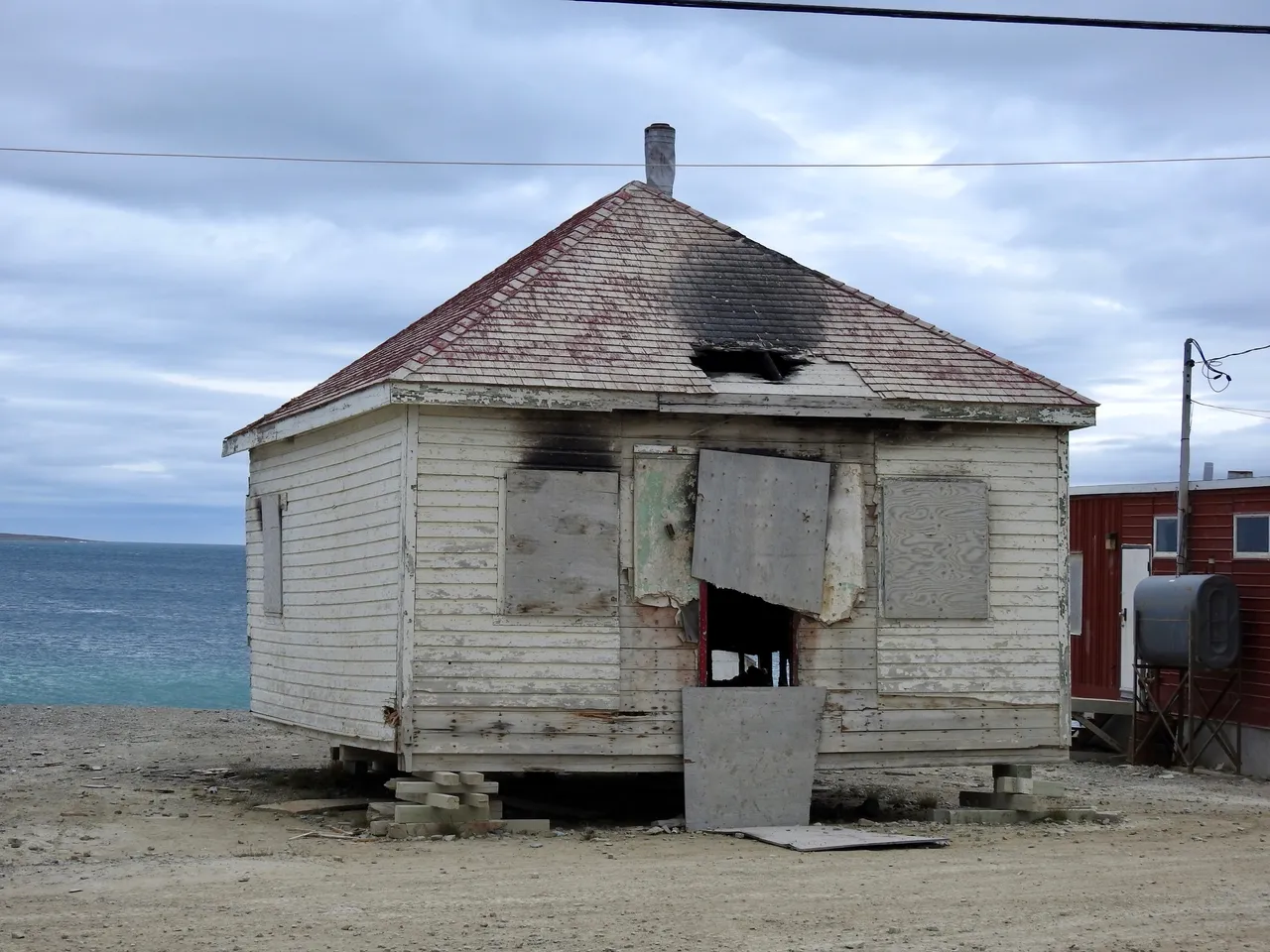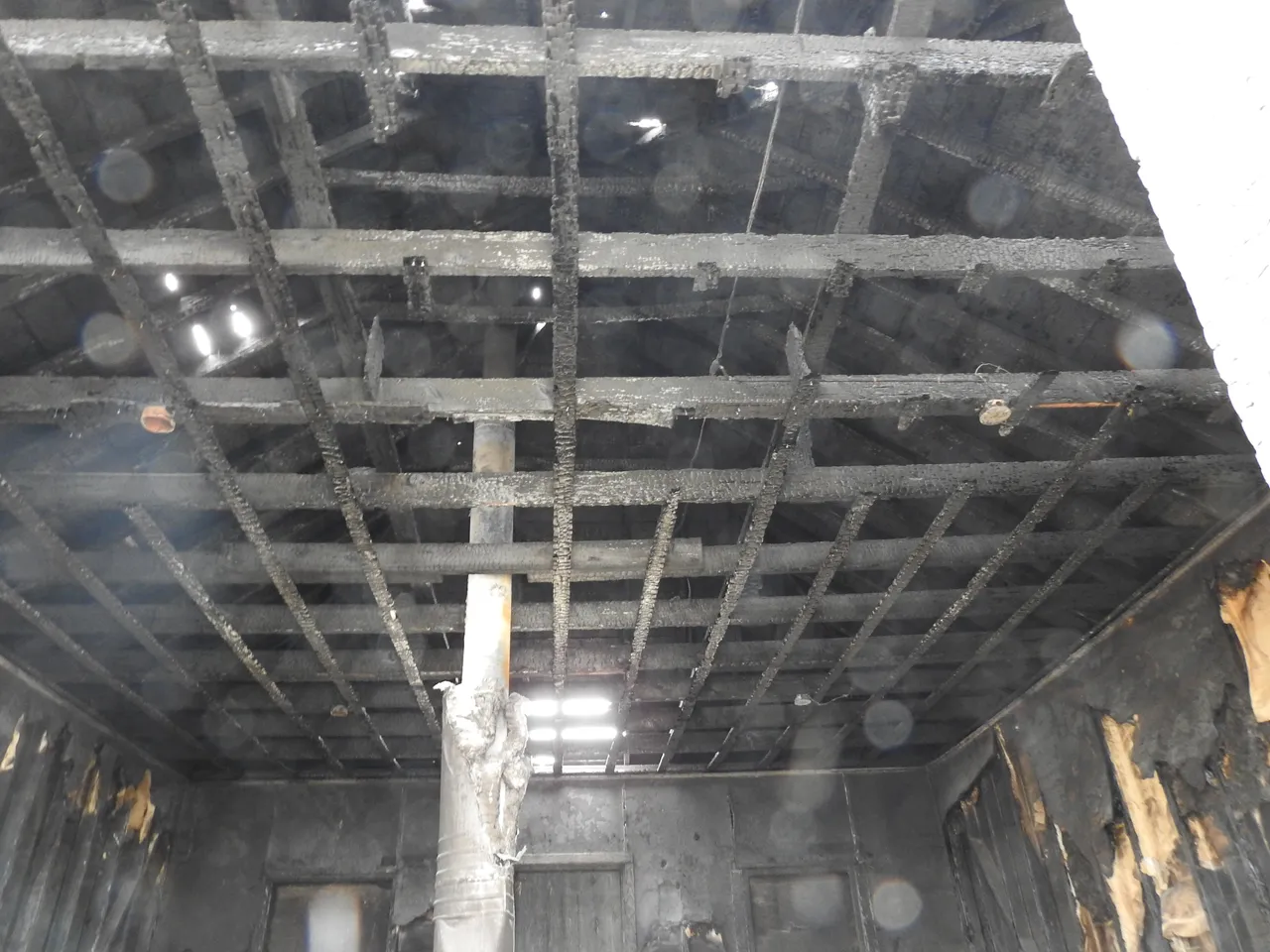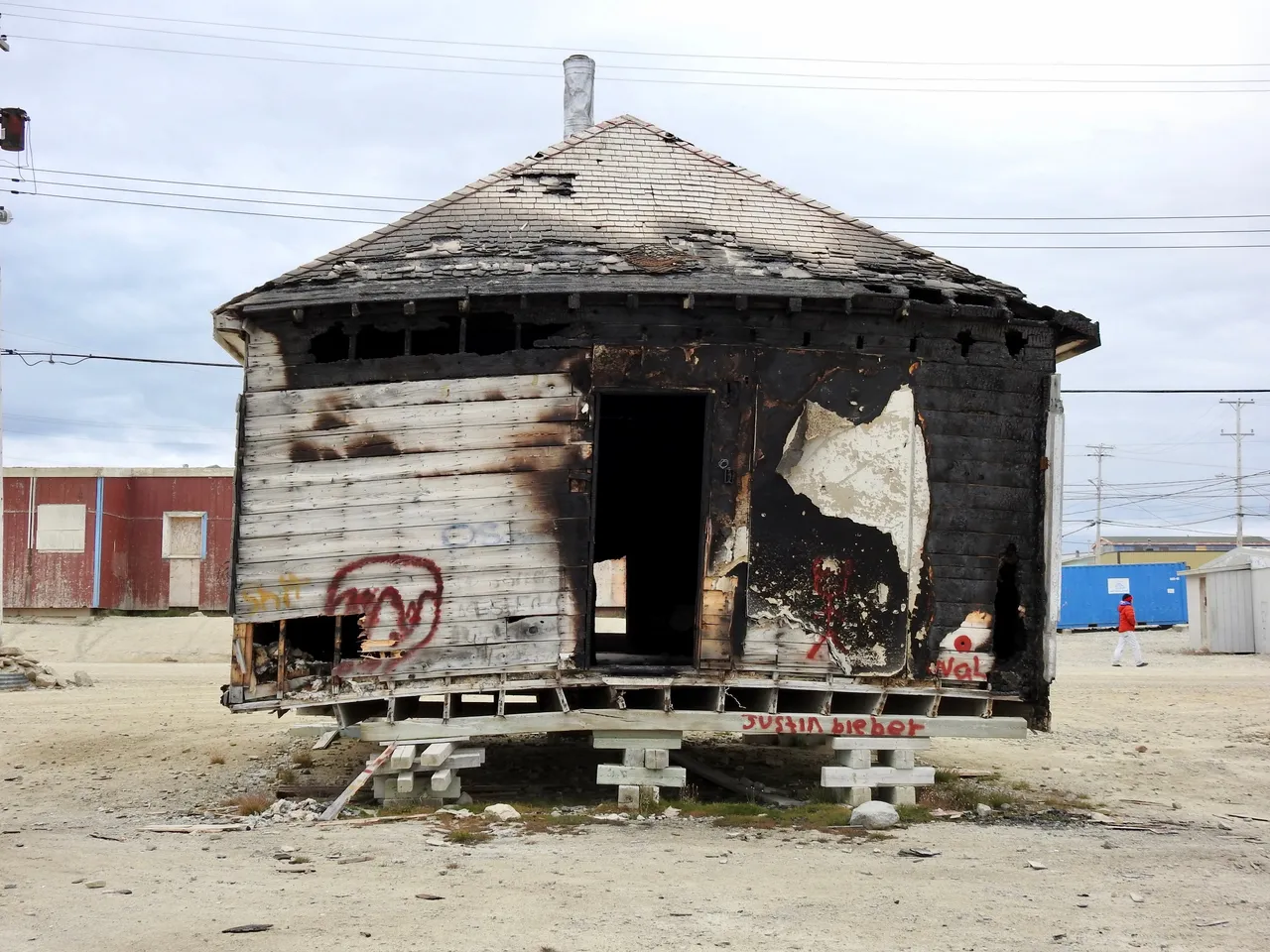
The community of Igloolik is located on a small island of the same name near the eastern entry of Fury and Hecla Strait (referred to as Ikiq in Inuktitut, meaning "strait"), in Foxe Basin near the northwestern edge of Baffin Island. The first contact with Europeans on Igloolik island occurred in 1822/1823 when the ships "Fury" and "Hecla" wintered in Turton Bay. The European visitor (or Qallunaat as they are know to the Inuit) were surprised to see that the Inuit of Igloolik Island already possessed many metal tools which they would travel great distances to find the European whalers to trade with.
In 1937 a Catholic mission was built on the island itself, on Ikpiarjuk Bay (which stands for “The little bag” and is the present day of the hamlet of Igloolik) after the first mission burnt down on the nearby Avvajja island, part of the Coxe island chain to the north of Igloolik Island. The site was chosen because of the deeper bay that allowed for better mooring of ships in the ice free summer months to haul goods up from the south.

Two years later the Hudson Bay Company (HBC) built a small fur trading outpost not too far from the nearby mission. There is not much information to be found on the HBC building in Igloolik for this time period. One can assume that it was a profitable site as there is evidence that another HBC building was in use as late as 1987. I see mention of the trading post being shut down during the years of 1943 to 1947 which they say is because of unfavorable ice conditions, but I think the second world war may have also had something to do with it.
For twenty years these were the only two permanent structures in Ikpiarjuk Bay. Until an Anglican church was built in 1959. Quickly followed by a goverment building and various other structures. By 1966 the bay had been renamed to Igloolik and there was over 50 prefabricated houses built in the bay.

In 1939, the Qallunaat presence on Igloolik Island was reinforced by the HBC building its first post on Foxe Basin north of Repulse Bay. Unfavourable ice conditions prevented resupply and forced the post to close between 1943 and 1947. Its establishment and re-establishment dramatically increased the ability of Inuit to make regular visits to trade, sparing them the long journey by qimmiit to either Pond Inlet or Repulse Bay.

Sadly the HBC building has been severely vandalized over the past few years leaving this historic building in a deplorable state of repair. It was recently set afire by arsons and most likely will have to be demolished now that the internal structure has been compromised. It is a shame to see the history of Nunavut destroyed for twenty minutes of "thrills".
There have been a lot of fires in our small community lately. It is getting a bit worrying because Nunavut doesn't have vacant houses for people displaced by fires. There is waiting lists in most communities to get moved into a house of your own. One of the downsides of the state of Nunavut is that a lot of government positions go unfilled by local Inuit people, causing the government to have to hire from southern citizens. This means that there needs to be empty homes at the ready to put these people into when they move north to fill these positions.
All photos are my own, taken by myself. They are taken using a Nikon P900 and a Samsung S20. Consider checking out my website, Midnight Sunsets. I'm also on Twitter and Instagram!

